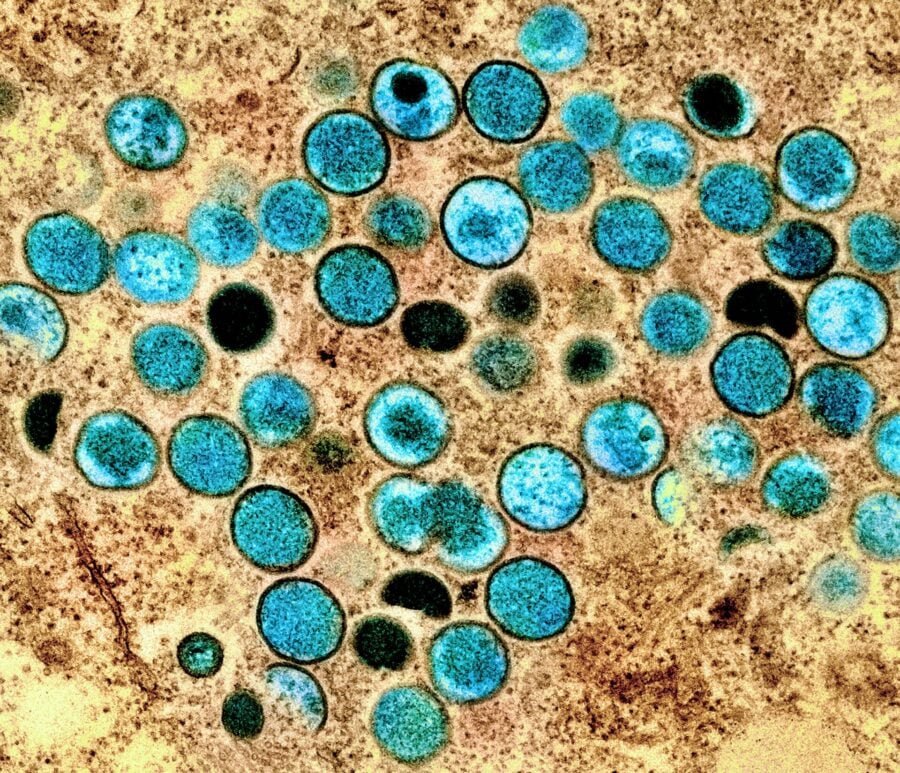A new study has revealed the molecular mechanisms behind a crucial enzyme that monkeypox virus needs to replicate, offering new hope for treatments against this emerging global health threat.
Researchers from a multinational team led by scientists in China have, for the first time, successfully mapped the three-dimensional structure of the monkeypox “core protease” – an essential viral protein that acts like molecular scissors to process other viral proteins needed for virus maturation.
“This represents a catalytically favorable state and offers novel insights into the substrate-binding mode,” the research team noted in their study published in Nature, detailing how they determined not only the structure of the enzyme but also how it interacts with potential inhibitors.
The significance of this discovery comes against the backdrop of resurging mpox outbreaks. In August 2024, the World Health Organization declared mpox a public health emergency of international concern due to clade Ib MPXV spreading in the Democratic Republic of Congo and other African countries. This marked the second such emergency in two years, with global cases exceeding 133,000 across 131 countries since 2022.
Current prevention and treatment options remain limited. “Vaccines developed for the prophylaxis of smallpox cannot provide full-protection against MPXV,” the researchers pointed out, adding that “recent data showed that the antiviral tecovirimat failed to reduce the duration of mpox lesions compared with the placebo.”
This research breakthrough could change that landscape. The team not only mapped the enzyme’s structure but also designed peptidomimetic inhibitors based on their findings. These custom-designed molecules potently inhibited the viral protease in laboratory tests, showing promising activity against both monkeypox and vaccinia viruses.
The scientists employed advanced imaging techniques including cryo-electron microscopy and X-ray crystallography to visualize the enzyme at near-atomic resolution. What they discovered was unexpected – the core protease forms a unique “dancing-couple” fold when two identical protein molecules pair up.
Even more fascinating was the discovery that the enzyme changes shape when binding its targets. “These alterations elegantly demonstrate how CorePro switches from an unfavorable state in the apo-enzyme to a catalytically favorable state in the complex structure,” the researchers explained.
The most promising inhibitor compounds demonstrated potency at nanomolar concentrations in enzymatic tests and showed activity against live viruses in cell culture without significant toxicity. This suggests they could form the basis for developing much-needed new treatments.
With orthopoxviruses like monkeypox posing a growing threat to global health, especially as smallpox vaccination has largely ceased, this research opens a promising pathway toward effective antivirals that could help contain future outbreaks.
Discover more from SciChi
Subscribe to get the latest posts sent to your email.

